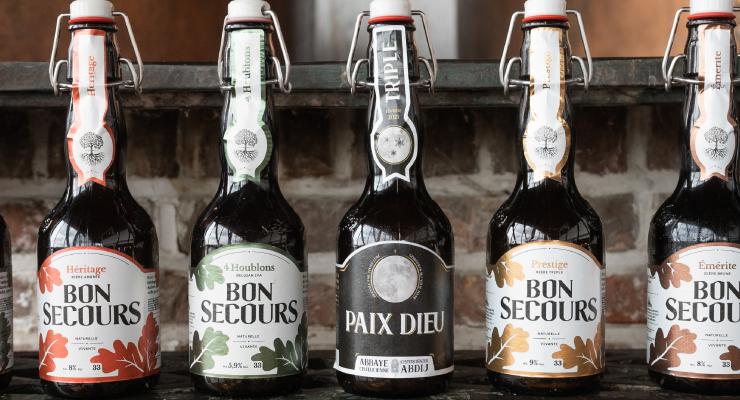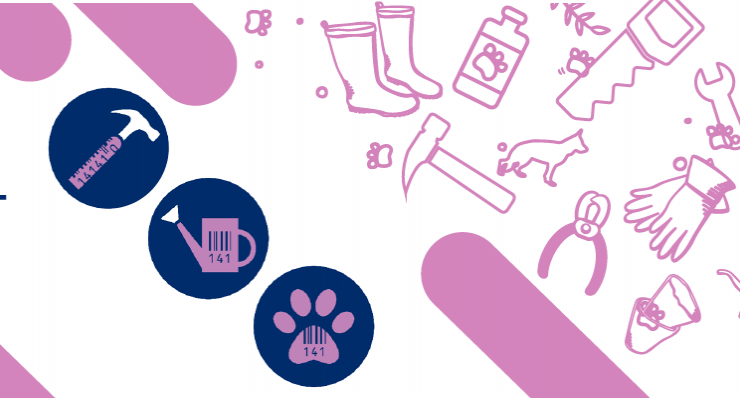
“In a beautiful complexity, you need global standards to make things work”
You might have read before that GS1 Belgilux joined the Advisory Board of the Physical Internet Living Lab (PILL) project, led by imec, VIL and the VUB. The project will develop a first IT prototype of Physical Internet to make freight transport and logistics more interoperable, efficient and sustainable. The project is in its eighth month and Tomas Ambra, Logistics Research Lead at imec EDiT, tells more about the current findings and how the project will further evolve.
Let’s start with the basics and explain what the Physical Internet is exactly. The concept is actually a result of an evolution within the transport and logistics sector. First, there was multimodal transportation, which went on to intermodal transportation, synchromodal, and the Physical Internet, being the most recent overarching concept. The benefits of the Physical Internet have been proven by many academic studies and simulations. PILL is the first hands-on project to assess the Physical Internet deployment and its validity within the port ecosystem.
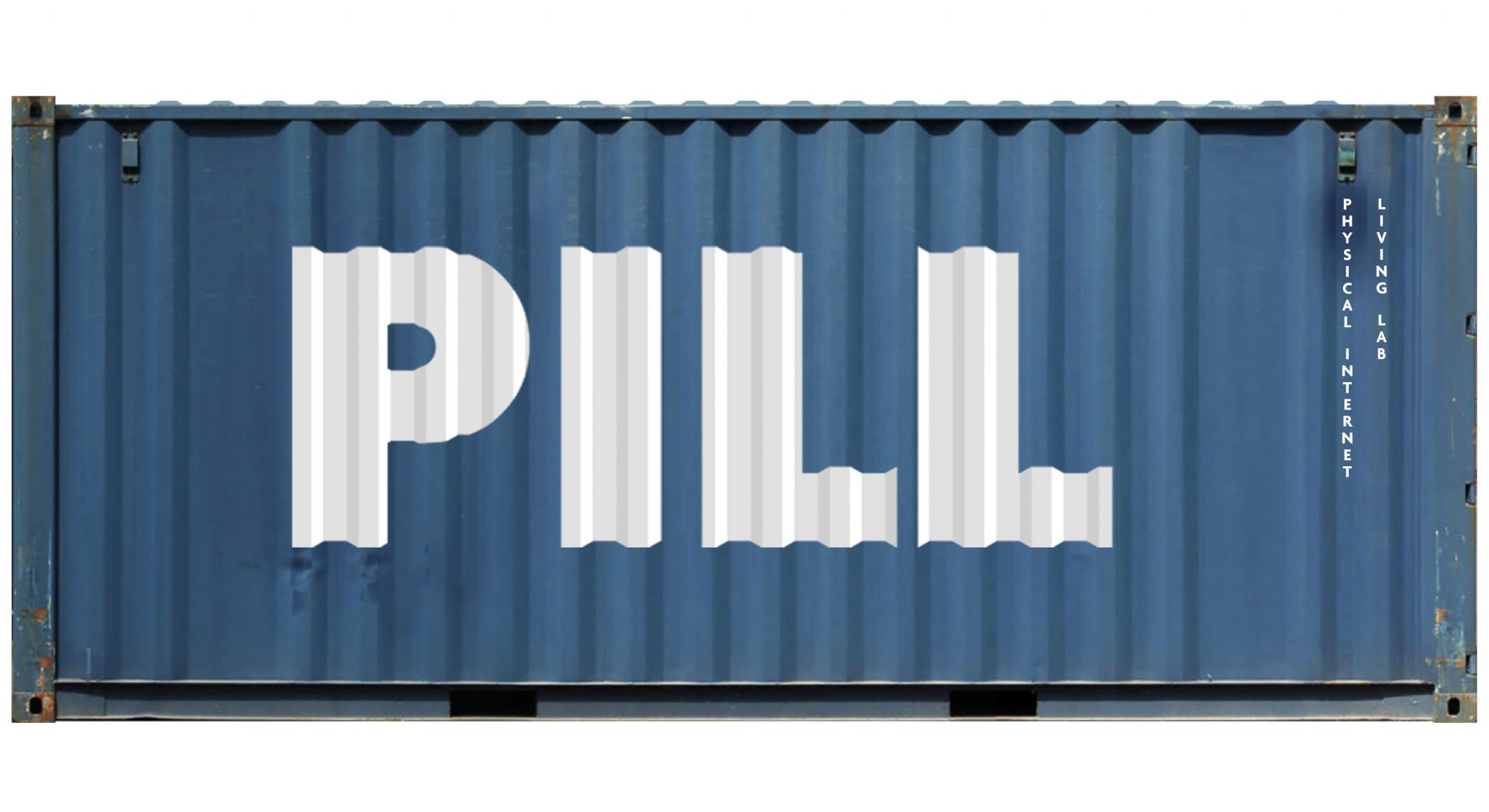
“You can compare it with the digital internet. When you send an e-mail from one person to the other, the e-mail is disintegrated and the fragments use different routes based on the network capacity,” Tomas Ambra explains. “Physical Internet intends to replicate this flow. You want your cargo to follow the most efficient route based on the network capacity. If there is a congestion on the road, or you need to balance capacity and arrival times, you might want to look at inland waterways or railways and thus change your route and/or mode. However, it’s easier said than done, because right now, we’re still stuck with a lot of system silo’s that use different standards. Physical Internet is built on interoperability and compatibility. With the PILL project, we look for common standards for all actors in the project to achieve harmonization and system connectivity where and when needed.”
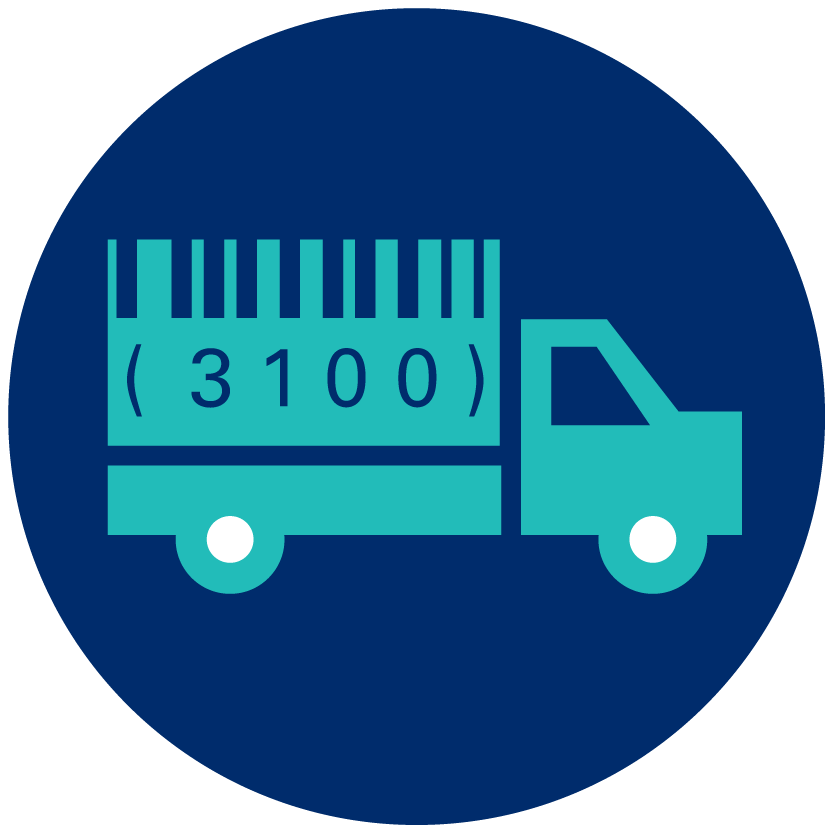
A beautiful complexity for the best result
Many hands make light work as the saying goes, and none the less goes for the PILL project. “The project is executed by imec, VIL and VUB, and funded by VLAIO. However, we’re with many more partners. We also have an Advisory Board, where 25 partners representing different types of companies and industries provide their feedback and expertise so we can improve the PILL project; by knowing what the needs from the user-perspective are. We have amongst others the Ports of Antwerp and Zeebruges, Lineas, P&G, Microsoft, GS1 and many more. So, all the expertise and input we need can be found in our Advisory Board.”
Tomas likes to call the setting as a beautiful complexity, because they need to take into account all different needs, objectives and find a way to combine all the different standards and systems, which brings us to the aim of the PILL project. “With the PILL project, we want to harmonize transport and logistics by creating a unified open system which will enable the different modalities, terminals and locations to communicate with one another in a standardized way.”
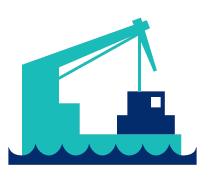
If you say standards, you think of GS1, and Tomas follows us in that. “I think GS1 plays a big role in the PILL project. You could say they are building the Physical Internet with their standards and identifiers, as these digital numbers have to depict physical locations, just like the digital numbers in the digital internet do. The Global Location Number (GLN) is important in our project. You can’t use a GPS address within the whole port to find the right storage space or a gate, but with a GLN you get standardized locations with UN location numbers,” says Tomas.
The importance of research
As said before, the benefits of the Physical Internet have been proven before in academia. It also shows the importance of research. “In the past months, we’ve all witnessed the real consequences of climate change. Scientists and researchers calculated how the climate change would impact our lives through floods, heatwaves and strong winds, and now we feel the consequence of not listening to them. If you consider that the logistics sector is the most polluting industry in the world, we should seize the opportunity to change this by investing in applied research in order to improve our sector and make it more sustainable. The PILL project is only one example of this,” explains Tomas.
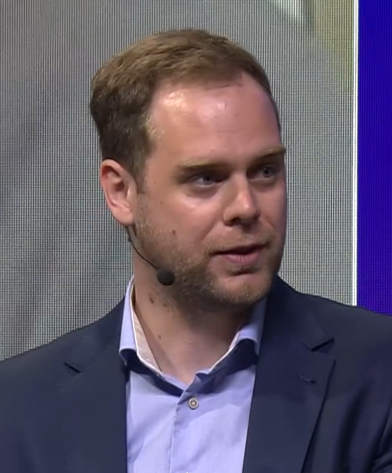
Looking forward to the future
Right now, the project is in its eighth month. What has the project brought on so far? “We now have established a generic framework, which consists of the operational, tactical and location aspects. The first one concerns objects such as sensors and IoT devices you need to capture and actuate operational processes. The tactical level addresses by who, how, and mainly when the ownership flow will be changed to allow the operational aspects to be altered in sufficient time (contracts, lead-times, notification periods). The last location aspect is the one where the GLN steps in, for which GS1 is developing a new location master database.” The framework will be presented to the Advisory Board. As the Advisory Board consists of companies who will actually have to use and implement the framework, their feedback is crucial.
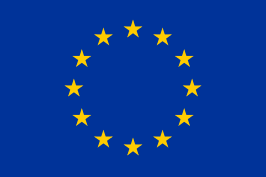
As for the future, Tomas is positive about Physical Internet. “It’s high on the agenda of Europe and ETP-ALICE (The European Technology Platform for Logistics). By 2025, there should be network-to-network connectivity, and five years later we foresee larger scale of implementations, based on the PILL findings for example. If I look at the future, I believe there will be broader industrial adaptation of the Physical Internet rules, protocols and methods. But first, PILL needs to demonstrate those in real-world Living Lab environments,” Tomas concludes.
Physical Internet is a complex phenomenon, but at the same time as beautiful as the complexity it tries to capture. If you’re active in the transport and logistics sector, you should follow the project as it promises a lot for the future, and it will benefit all of us.

